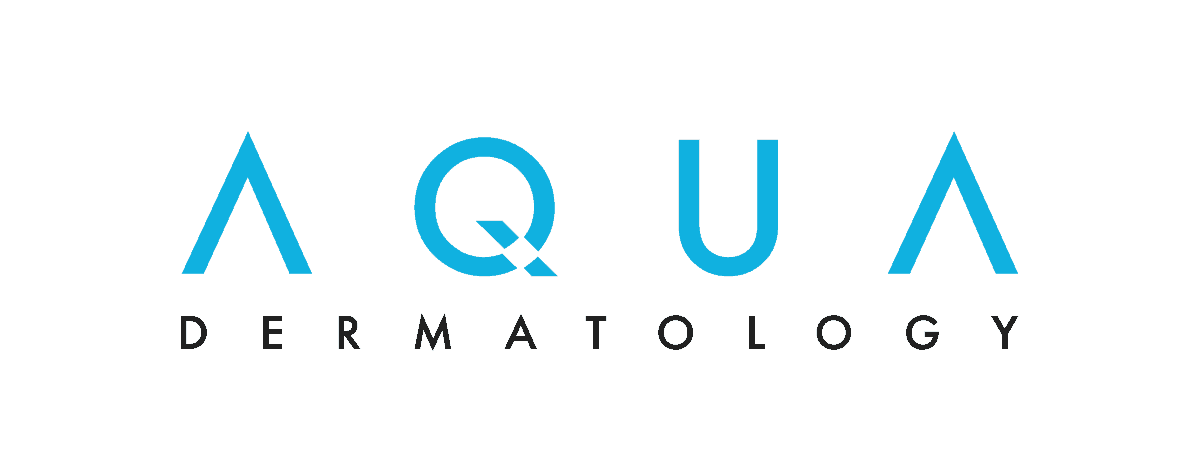Chemical Peels
Chemical peels are excellent ways to jump-start a treatment program and achieve smoother, healthier-looking skin. Used alone, or in concert with other treatments, they can dramatically soften lines, treat acne, and revitalize skin tone, color, and texture. Chemical peels can also be used to treat melasma, age/liver spots, fine lines and wrinkles, and sun-damaged skin.
Even if you do not have specific skin concerns or complaints, a chemical peel will improve the overall health and appearance of your skin.
How It Works
Chemical peels typically use glycolic acid, salicylic acid, resorcinol, and trichloroacetic acid. The depth of the peel varies according to the results we want to achieve. Mild peels are skin refreshers, and allow you to return to your daily activities quickly. Deeper peels provide a more dramatic reversal of damage from the effects of sun exposure and require more recovery time.
Dermatologists use chemical peels to improve skin tone and texture, to diminish the signs of aging, and to treat common skin conditions, such as acne, melasma, and sun-damaged skin. Chemical peels are most frequently applied to the face but can also be used on the hands, neck, and chest to improve the overall health of the skin.
Chemical peels use ingredients that promote skin rejuvenation, such as glycolic acid, salicylic acid, resorcinol, and trichloroacetic acid. These agents smooth the texture of your skin by removing the damaged outer layers, revealing healthier, new skin beneath. In addition, chemical peels stimulate collagen production, thus reducing the appearance of fine lines and wrinkles, and melanin re-distribution, leading to improved skin tone.
Results
After your chemical peels, you can expect to notice:
- Reduction in fine lines and wrinkles
- More even skin tone
- Brighter skin complexion
- Smoother skin





